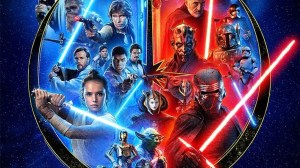Movie franchises end all the time in Hollywood, yet few, if any, have ever managed to linger with the kind of visibility as Zack Snyder’s DC movies, often shortened to The Snyderverse. First kicking off with 2013’s Man of Steel, Snyder’s DCEU experienced a lot of difficulty behind the scenes, most notably with the reshooting and reworking of Suicide Squad and Justice League and general diversion away from Snyder’s intended plans for the franchise, which included a defined ending to the story. Snyder’s version of Justice League was eventually released after the famed #ReleaseTheSnyderCut campaign, but with DC headed in a new direction cinematically after the founding of DC Studios and James Gunn’s plans for the new DCU, to properly begin with 2025’s Superman, one would think that the Snyderverse would be out of sight and out of mind in any discussion of the future of DC on film, right? Wrong.
Videos by ComicBook.com
The release of Zack Snyder’s Justice League, and the related calls for David Ayer’s original cut of Suicide Squad as an off-shoot of that, have made it a tough nut for Warner Bros. Discovery and DC to crack in plotting a new course for DC on film independent of any influence or impact from the preceding DCEU. Just as importantly, a number of other extremely unique and specific factors tying into that have created a situation where, regardless of what future plans might be in store for DC on the big and small screens, the Snyderverse will, quite simply, never die. Here are the main factors that help explain why the Snyderverse is so unique among major movie franchises abandoned by the studios that started them.
The Snyder Era of DC On Film Was Actually Very Successful
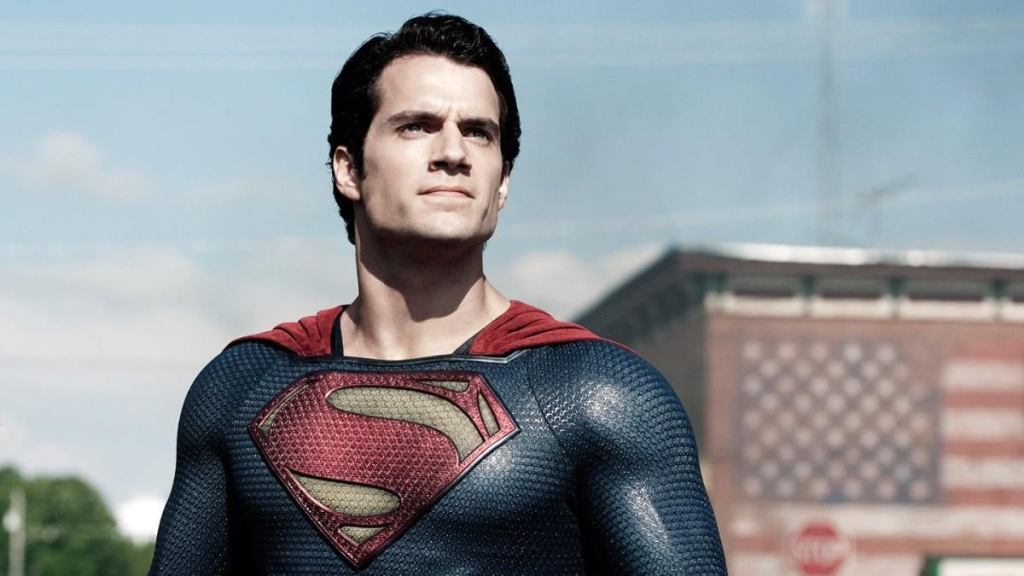
While the narrative surrounding the DCEU to DCU transition has focused upon the former’s alleged lack of mainstream success, the data paints a very different picture, and one that points to it being on the right track pre-Justice League 2017. While it is true that Man of Steel, Batman v Superman: Dawn of Justice, and Suicide Squad each saw a polarized response, notably in comparison to the generally strong reception to 2017’s Wonder Woman, the notion that the franchise wasn’t putting butts in the seats or having a long term impact compared to the almost universal acclaim of the MCU, the early DCEU’s numbers don’t bear that out.
Man of Steel, Batman v Superman, Suicide Squad, and Wonder Woman collectively earned $3.1 billion, with all four also doing brisk home media sales. Even the butchered version of Justice League released in 2017 pulled in $661 million worldwide. That film’s status as the DCEU’s then-lowest earner has been attributed to the preceding Snyder-directed or connected movies turning audiences off from the franchise, but Wonder Woman‘s box office success and critical acclaim, along with Aquaman earning over $1.1 billion worldwide to become the biggest DC movie ever made, shows this is hardly the case. All told, the pre-Justice League DCEU movies earned an average of $776.2 million per movie, a strong indicator that the franchise, while not being an MCU-level Rotten Tomatoes darling, wasn’t really in need of the radical overhaul it received.
That is further born out when looking at the box office performance of the DCEU after Warner Bros. diverted it from Snyder’s stewardship. Despite Aquaman‘s strong success and its links to Snyder’s original plan, the subsequent DCEU averaged $372.1 million per movie between Justice League (2017) and Aquaman and the Lost Kingdom. Admittedly, there are some complicated circumstances in that timeframe, with Wonder Woman 1984 facing a meager theatrical landscape in the midst of 2020’s COVID-19 pandemic, along with Shazam! Fury of the Gods, The Flash, Blue Beetle, and Aquaman and the Lost Kingdom all releasing after the announcement of the DCU’s soft reboot, and arguably being put at a huge commercial disadvantage because of that.
Nevertheless, with Warner Bros. effectively cutting the franchise’s average earnings from Justice League onward in half, there’s little from a business standpoint to argue in favor of the studio haphazardly abandoning Snyder’s plan. As former WB CEO Greg Silverman also revealed on Twitter/X, that Snyder’s movies were “were very profitable” for the studio, the available data indicates that the DCEU, under Snyder’s direction, was, at worst, a very lucrative shared universe with some divisive but nonetheless quite popular entries, a distinction that other franchises like Transformers and the Fast & Furious movies navigating with far less reactionary micromanagement than Snyder’s DCEU movies were subject to. Moreover, with movies like Man of Steel and Batman v Superman enjoying a noticeably less divisive and more all-around positive reputation after the release of Zack Snyder’s Justice League and its generally positive reception from the get-go. Many detractors even expressed a different outlook on Snyder’s DCEU plans on social media, indicating that the DCEU’s early divisiveness might well have been a temporary headache that could have similarly been retroactively reversed had Snyder’s version of Justice League been the one to debut in theaters in 2017.
The Circumstances Of Zack Snyder’s DCEU Have Been Too Long-Lasting To Forget
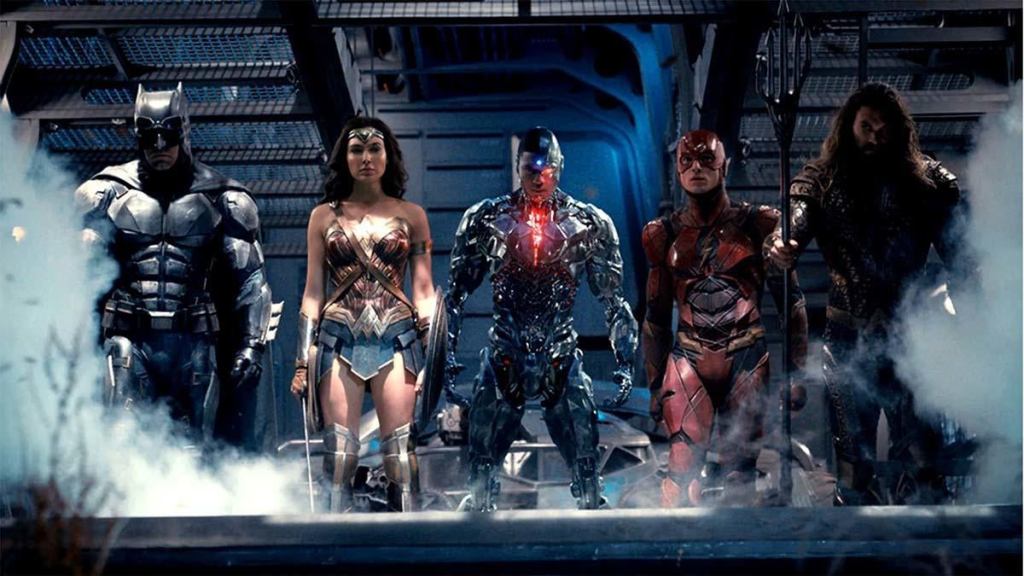
A key factor in the Snyderverse’s unusually strong longevity despite the hurdles it’s gone through is how well-documented its remolding was, and how ugly that often got behind-the-scenes. The Snyder Cut itself is perhaps the perfect embodiment of that staying power. With Justice League being revamped so heavily at the last minute in response to the studio’s panic over Batman v Superman‘s split reception, along with the cast and crew’s reported mistreatment by replacement director Joss Whedon during the reshoots, the campaign for the Snyder Cut’s release, and that campaign’s eventual success, made Zack Snyder’s Justice League into the ultimate symbol of “What could’ve been” for DC on film.
In turn, Warner Bros. own response to the movie’s release has only strengthened its legacy, This includes the studio’s denials of the movie’s very existence for the longest time, the subsequent efforts by the studio’s then-leadership to downplay its release, and Warner Bros. ignoring its immediate popularity (which included a 1.5 million strong #RestoreTheSnyderVerse Twitter explosion on March 25th, 2021) in favor of the studio’s complete lack of clarity for any alternative plan beyond their insistence on a Snyder (and Cavill) free DC future right after the release of Zack Snyder’s Justice League.
The fact that the release of the first-ever live-action cinematic Justice League movie required so much effort of the part of fans along with WB going out of its way to downplay the movie’s existence and eventual release at every opportunity makes it difficult, if not all but impossible to forget how Zack Snyder’s Justice League came to be in the first place. In turn, the fact that all of WB’s efforts to steer the DCEU away from Snyder’s intended vision ended up doing quantifiably more harm than good has only left fans to cherish the Snyder Cut’s existence that much more, and bemoan the loss of the rest of Snyder’s plan (which would have already long-since been concluded anyway had WB simply not panicked and stuck to the plan) with that much more heartbreak. It’s simply a lot to ask any fan to just “move on” from all of the above, especially when the general idea of how Snyder intended to conclude the story is also sitting right out in public view.
RELATED: Ben Affleck Confirms What Makes Zack Snyder’s Justice League So Special to Fans
The Rest Of Snyder’s Planned Justice League Story Is Mostly Available
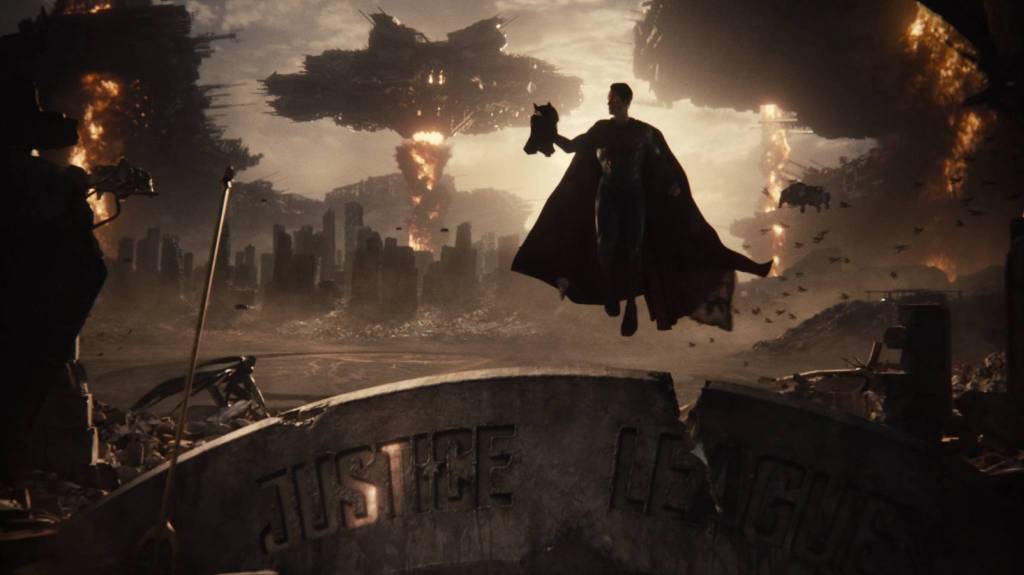
Adding to the Snydervere’s enduring omnipresence if the fact that the basic outline of what Snyder had planned for the remainder of his story has been made publicly available. Snyder’s overall story arc was intended to unfold over a five-movie story consisting of Man of Steel, Batman v Superman, and a trio of Justice League movies, with films like Wonder Woman, Aquaman, and Ben Affleck’s Batman film acting as spin-offs tying into the larger story.
During the release of Zack Snyder’s Justice League, Snyder released his plans for Justice League 2 and Justice League 3 on a collection of whiteboards displayed at an AT&T exhibit (AT&T being Warner Bros. then-parent company), which laid out the gist of the story of the two sequels – in essence, as the League battles individual members of Lex Luthor’s newly formed Legion of Doom, Darkseid arrives on Earth to retrieve the Anti-Life Equation. With it in hand, Darkseid kills Wonder Woman and Aquaman, murders Lois Lane in the Batcave, and weaponizes the Anti-Life Equation to turn the mourning Superman to his side, with the forces of Apokolips conquering Earth and leading into the Knightmare future.
In this timeline, Batman manages to send The Flash back in time on the Cosmic Treadmill to prevent Lois’ murder and prevent the Knightmare timeline from coming to be. Under Superman’s leadership, the League then leads the armies of humanity against Darkseid’s invasion, Snyder’s whiteboard highlighting the grandiose scale of this finale with the words “The entire world becomes a Justice League.” Ultimately, Batman gives his life to stop Darkseid, and 20 years later, Lois and Clark’s son, named Bruce Kent, takes up Bruce Wayne’s mantle as the new Dark Knight.
Additionally, while details on Affleck’s Batman movie aren’t as complete as Snyder’s Justice League sequels, a fair amount has still been revealed about it, with the movie to have taken place between the first and second Justice League movies and pit Batman against Joe Manganiello’s Deathstroke. Likened by Manganiello to David Fincher’s The Game, Affleck’s Batman movie would see Slade Wilson dismantle Bruce’s finances and viciously slay those closest to him, before Batgirl steps in to help Batman in his final battle with Deathstroke (Deathstroke subsequently joining Batman’s resistance in the Knightmare future).
Described by storyboard artist Jay Oliva as “the best Batman script I’ve ever read” and likened to the James Bond franchise by The Batman director Matt Reeves, the details on Affleck’s Batman story (combined with the roadmap of Snyder’s Justice League sequels) have done nothing by strengthen the Snyderverse’s immortality simply by just being released and sitting in the open. With the circumstances of their abandonment directly linked to the reshooting of Justice League, Affleck and Snyder’s departures from the franchise, and the sharp turn it took into a course correction that was clearly anything but, the genie of Affleck’s Batman movie and Snyder’s Justice League finale plans is one that is all but certain to never go back into the bottle.
Warner Bros. & DC Themselves Can’t Fully Move Away From the Snyderverse (Despite Many Repeated Attempts)
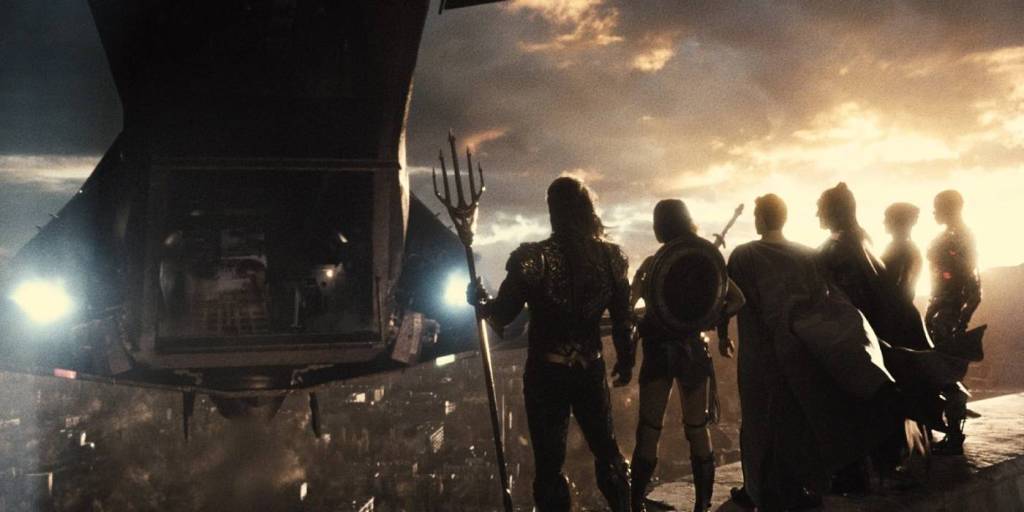
The final factor in the Snyderverse continuing to live on is the fact that Warner Bros. themselves haven’t managed to move on from it in any truly tangible way. Even after diverting from Snyder’s original DCEU plans, Warner Bros. still kept subsequent movies in the franchise at least somewhat tethered to it, retaining Snyder’s casting choices of Gal Gadot’s Wonder Woman and Jason Momoa’s Aquaman and heavily referencing the presence of the Justice League in Shazam! (headless Superman cameo notwithstanding). Even after their insistence on leaving Snyder’s influence behind, Warner Bros.-then leadership never managed to make a real break, and even outright brought it into play at points with the Justice League’s cameo in Peacemaker season 1, The Rock’s eventual success in bringing Henry Cavill’s Superman back in Black Adam, and The Flash referencing events that only occur in Zack Snyder’s Justice League.
Even after Cavill’s comeback was cancelled for DC Studios’ upcoming plans (itself a gut punch to many fans that has also helped keep the Snyderverse alive and kicking), the DCU isn’t ditching its preceding franchise outright, with Gunn carrying over certain cast members and alluding to events from The Suicide Squad in season 1 of the DCU’s animated intro Creature Commandos. Gunn has also stated that the upcoming Peacemaker season 2 will provide an explanation of some kind for the overlapping continuity elements of the DCEU and DCU, including the Justice League‘s season 1 cameo only being canon to the show’s first season. Then there’s James Gunn’s friendly picture with Zack Snyder himself taken in DC Studios and shared on social media to predictably explosive effect.
It can certainly be debated whether Gunn and Snyder may have had discussions about the latter making a DC movie comeback (Gunn has denied that being the case). Both Gunn and Snydercertainly knew that speculation of his DC return would immediately arise from their picture together. As with Warner Bros. overall failure to truly move away from the Snyderverse, the studio’s subsequent DC movies and TV shows have frequently dangled major reminders of Snyder’s DC universe, characters, and overall plans in the faces of the fans most eager to see them revived and finished. Gunn and Snyder’s photo together is just the latest example of exactly that, while Peacemaker season 2’s continuity explanation will provide another upon its release. In point of fact, the Gunn-Snyder picture also makes an unspoken admission to just how just how much the Snyderverse’s DNA still remains with DC on film.
The Snyderverse can be called many things, and resilient is most definitely one of them. Despite being micromanaged, diverted from, driven into the ground, briefly revived with the Snyder Cut, and seemingly cancelled, the Snyderverse is still alive and a very real presence in the DC tent and the superhero zeitgeist in general. When it comes to movie franchises that major studios have left behind or rebooted midway through, the Snyderverse is, in every sense, a one of a kind as a superhero saga that its studio simply cannot leave behind.
Man of Steel, Batman v Superman: Dawn of Justice, and Zack Snyder’s Justice League are all available to stream on Max, and James Gunn’s Superman release in theaters on July 11th.




